Sustainable Landscape Design Fort Worth
Sustainable Landscape Design in Fort Worth
Sustainable landscape design creates outdoor spaces working with nature instead of constantly fighting it—less water, fewer chemicals, lower maintenance, supporting local wildlife, actually functioning in Fort Worth's climate long-term without excessive inputs. Most traditional landscapes are resource hogs—gallons of water daily keeping non-adapted plants alive through summer, constant fertilizers and pesticides maintaining unnatural conditions, weekly mowing and blowing burning fossil fuels, landscapes requiring massive ongoing effort and expense just surviving. We design sustainable landscapes throughout Fort Worth—native plant emphasis reducing water and maintenance dramatically, rainwater harvesting systems capturing roof runoff for irrigation, permeable hardscape allowing infiltration instead of runoff, pollinator gardens supporting bees and butterflies, organic soil building instead of synthetic chemical dependency, designs working with Fort Worth's actual conditions rather than pretending we live somewhere else. Properties from Fairmount to Aledo benefit from sustainable approaches—lower water bills during brutal summers, reduced maintenance time and costs, healthier landscapes without chemical inputs, wildlife habitat instead of sterile yards, environmental responsibility without sacrificing aesthetics. Sustainable doesn't mean ugly or overgrown—we design beautiful landscapes that happen to be sustainable, not hippie wild meadows unless that's specifically what you want, proving environmental responsibility and attractive landscapes aren't mutually exclusive.
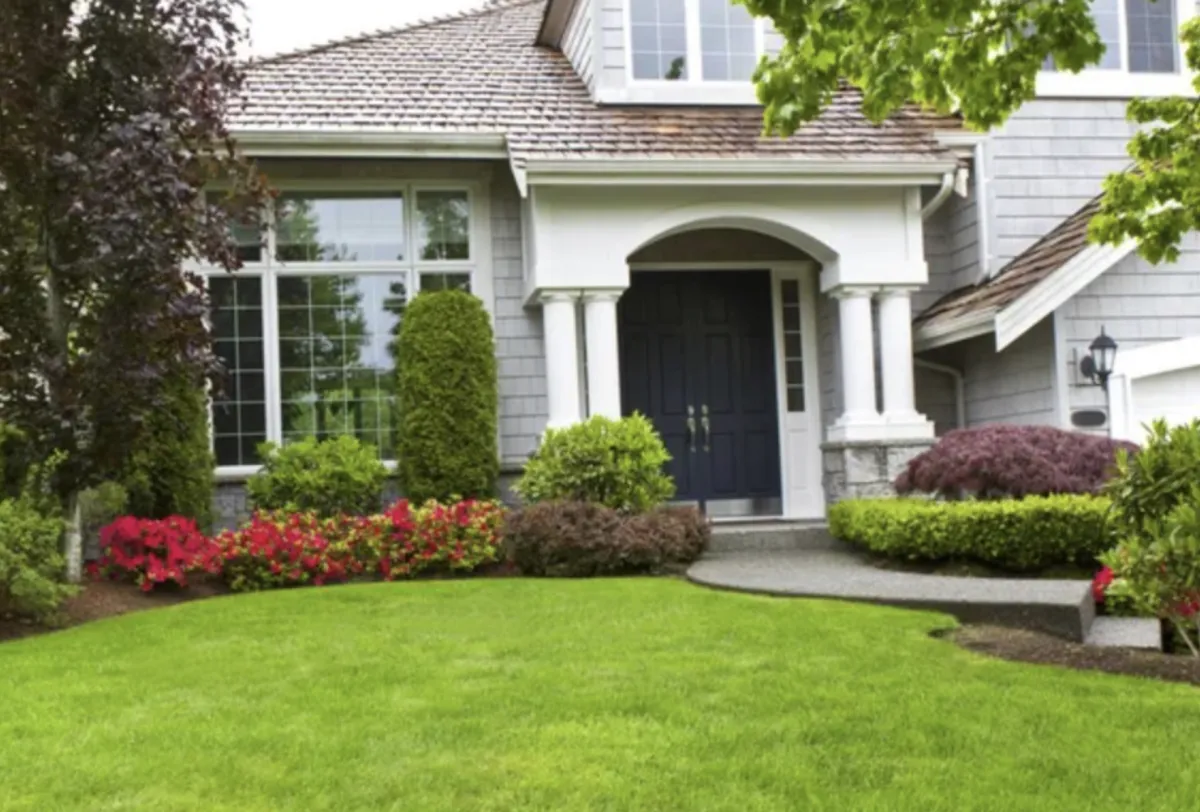
Understanding Sustainability in Fort Worth Context

Water conservation absolutely critical—Fort Worth averages 34 inches annual rainfall but summer drought is normal, Trinity River watershed under pressure, occasional water restrictions during severe drought, landscapes must function with limited water. We design for water conservation—drought-tolerant native plants, efficient irrigation systems, mulching retaining moisture, rainwater harvesting when feasible, landscapes surviving tough years not just ideal conditions.
Native plant emphasis makes sense here—species evolved for Cross Timbers ecoregion, adapted to clay soil naturally, heat and drought tolerance built-in, supporting local wildlife and pollinators, requiring minimal inputs once established. Texas natives like flame acanthus, autumn sage, cedar sage, Gulf muhly grass, possumhaw holly thrive in Fort Worth without babysitting—we design with natives as foundation, supplementing with well-adapted non-natives expanding plant palette while maintaining sustainability.
Soil health focus long-term—building organic matter and beneficial microbes, reducing synthetic fertilizer dependency, compost and natural amendments, healthy soil supporting healthy plants requiring less intervention. Fort Worth clay benefits tremendously from organic matter addition—we build soil health through composting, mulching, organic amendments, creating living soil ecosystems not just inert growing medium.
Integrated pest management reduces chemical use—encouraging beneficial insects, tolerating minor damage, treating problems only when necessary with least toxic effective options, working with natural systems. We design for IPM—habitat for beneficial insects, plant diversity reducing pest problems, accepting that perfect pest-free landscapes require constant chemical warfare we're avoiding.
Wildlife habitat creation supports local ecosystems—providing food and shelter for birds, butterflies, bees, native insects, connecting fragmented habitats, contributing to regional biodiversity. We incorporate wildlife habitat—native plants providing nectar, berries, and seeds, water sources, nesting sites, pesticide-free management allowing beneficial insects thriving.
Energy conservation through thoughtful design—shade trees reducing cooling costs significantly, windbreaks reducing heating costs, strategic plant placement affecting home energy use, landscapes contributing to home efficiency. We position trees for maximum cooling benefit—west and south exposures getting afternoon shade, understanding mature tree canopy can reduce home cooling costs 25-40%, long-term energy savings from landscape design.
Native Plant Selection and Design
Foundational natives for Fort Worth landscapes—Texas sage bulletproof in heat and clay, yaupon holly evergreen structure and red winter berries, flame acanthus hummingbird magnet with orange blooms, Gulf muhly grass stunning fall color, possumhaw holly excellent small tree. We use proven Fort Worth natives extensively—plants thriving here for thousands of years, minimal care once established, beautiful and functional.
Layered native plantings mimic natural communities—canopy trees like live oak and cedar elm, understory trees like possumhaw and Mexican plum, shrub layer with natives, perennials and grasses, groundcovers, complete ecosystem approach. We design in layers—replicating natural plant communities, varied heights and functions, creating habitat and aesthetics simultaneously.
Native grasses add texture and movement—little bluestem, Gulf muhly, lindheimer muhly, inland sea oats, sideoats grama, lower water needs than turf, beautiful fall color, wildlife food source. We incorporate native grasses extensively—texture and movement, seasonal interest, less water than lawn, supporting birds with seed heads.
Native wildflowers for seasonal color—bluebonnets and paintbrush spring, black-eyed Susan and coneflower summer, fall aster and goldenrod late season, supporting pollinators, annual reseeding maintaining displays. We include native wildflowers—seasonal blooms, pollinator support, self-seeding reducing maintenance, natural beauty fitting Texas landscapes.
Adapted non-natives expanding palette—well-behaved plants from similar climates performing like natives, expanding design options, carefully selected for sustainability, complementing natives not replacing them. We supplement natives with adapted plants—crape myrtle, Mexican feathergrass, rosemary, plants from Mediterranean or similar climates thriving here with minimal input.
Native plant establishment requires patience—first year plants focus on root development, second year they grow, third year they really perform, "first year sleep, second year creep, third year leap" describes establishment accurately. We educate clients about native establishment—patience during early years, adequate watering first season, understanding performance improves dramatically year three onward, long-term thinking rewarded.
Proper native plant sources matter—locally grown stock adapts better than plants from other regions, genetic diversity within species important, avoiding cultivars losing native characteristics, reputable native plant nurseries. We source natives carefully—Texas growers specializing in natives, appropriate genetics for our area, healthy vigorous stock, setting projects up for success.
Water Conservation Strategies and Systems
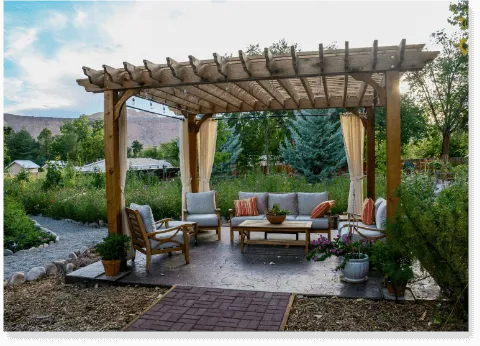
Hydrozoning groups plants by water needs—drought-tolerant natives together requiring minimal irrigation, moderate-water plants separate, eliminating high-water plants or isolating in small intensively watered areas. We design strict hydrozones—efficient irrigation, appropriate water delivery, avoiding waste overwatering drought-lovers or stressing plants getting insufficient water.
Efficient irrigation system design—drip for all planting beds delivering water directly to roots, properly zoned spray for turf if absolutely necessary, smart controllers with weather sensing, no overspray onto hardscape. We design efficient irrigation—drip systems for beds and foundation plantings, minimal spray zones, smart controllers automatically adjusting, capturing every drop for plants not wasting on pavement.
Rainwater harvesting captures roof runoff—rain barrels for small-scale collection, cisterns for serious storage, using captured water for irrigation reducing municipal water dependency, every gallon captured is gallon not purchased. We incorporate rainwater harvesting when clients interested—appropriate system sizing, proper placement and connection, realistic expectations about capacity, supplemental water source reducing bills and environmental impact.
Mulching retains soil moisture—2-3 inch mulch layer dramatically reducing evaporation, moderating soil temperature, breaking down adding organic matter, natural cedar or hardwood mulch. We specify proper mulching—adequate depth retaining moisture without excess causing problems, quality natural mulch, regular refreshing maintaining coverage.
Turf reduction strategies minimize high-water areas—eliminating unnecessary lawn, replacing with native groundcovers or beds, right-sizing turf to actual use areas, St. Augustine requires significant water in Fort Worth summers. We reduce turf appropriately—keeping functional lawn areas, replacing ornamental grass with lower-water alternatives, realistic lawn sizing based on actual use not default everywhere.
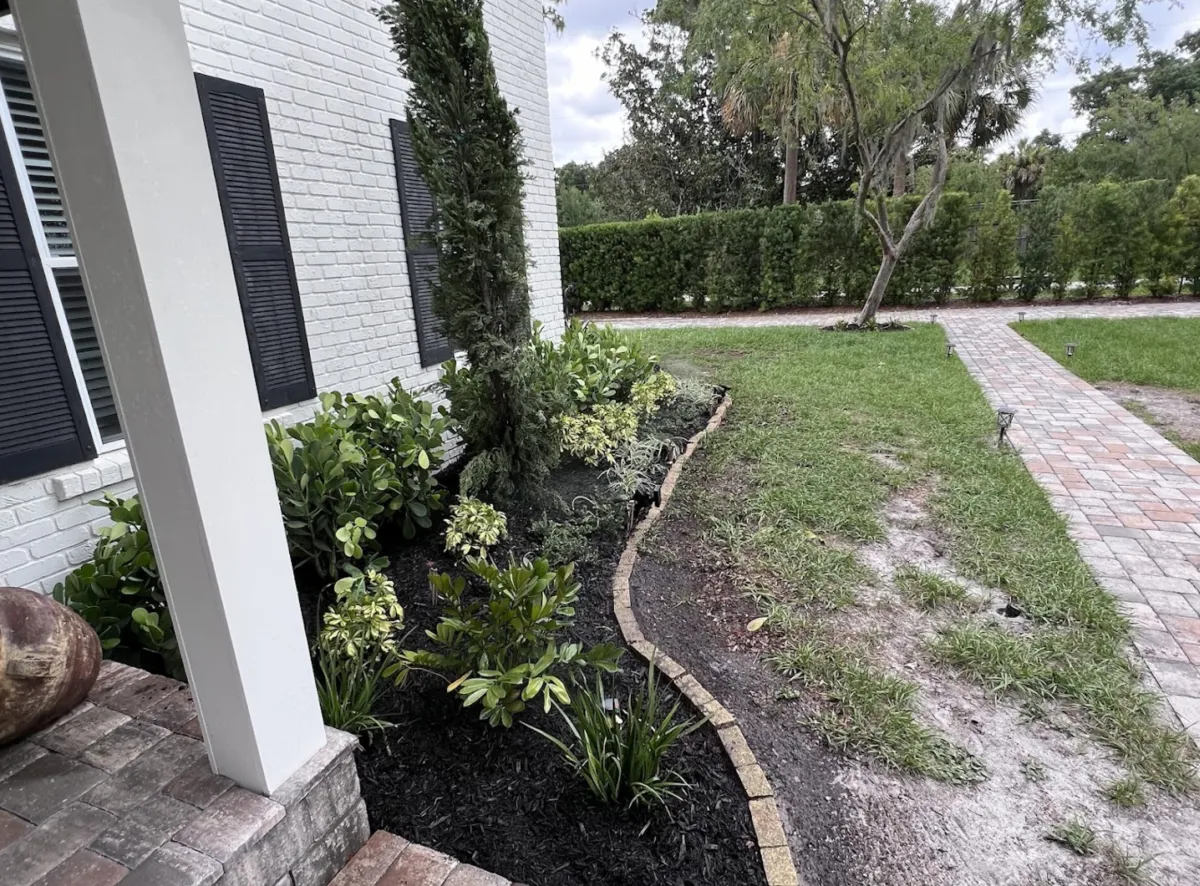

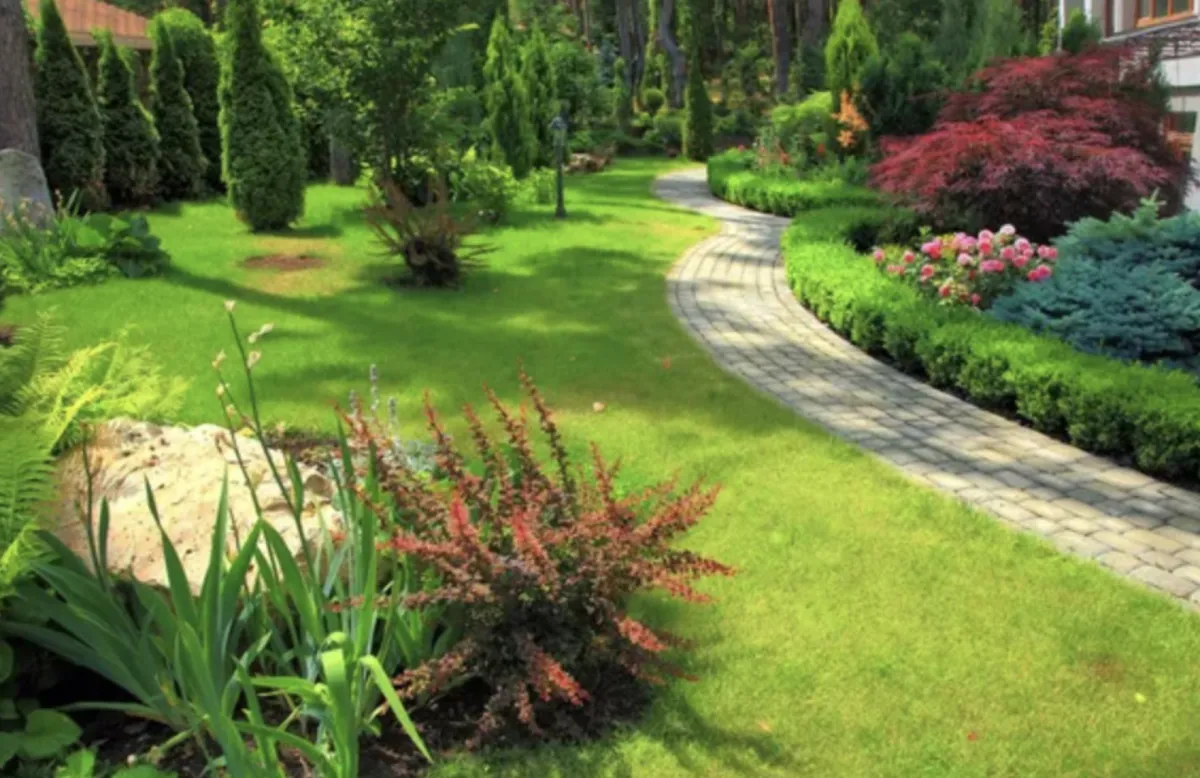

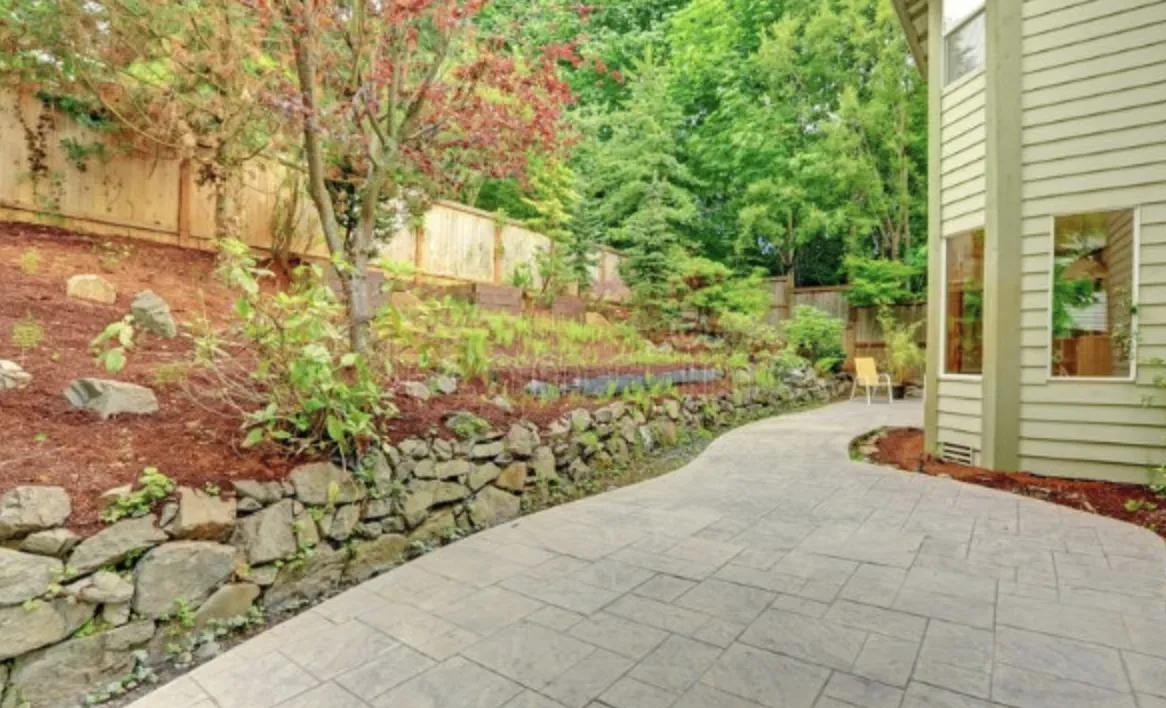

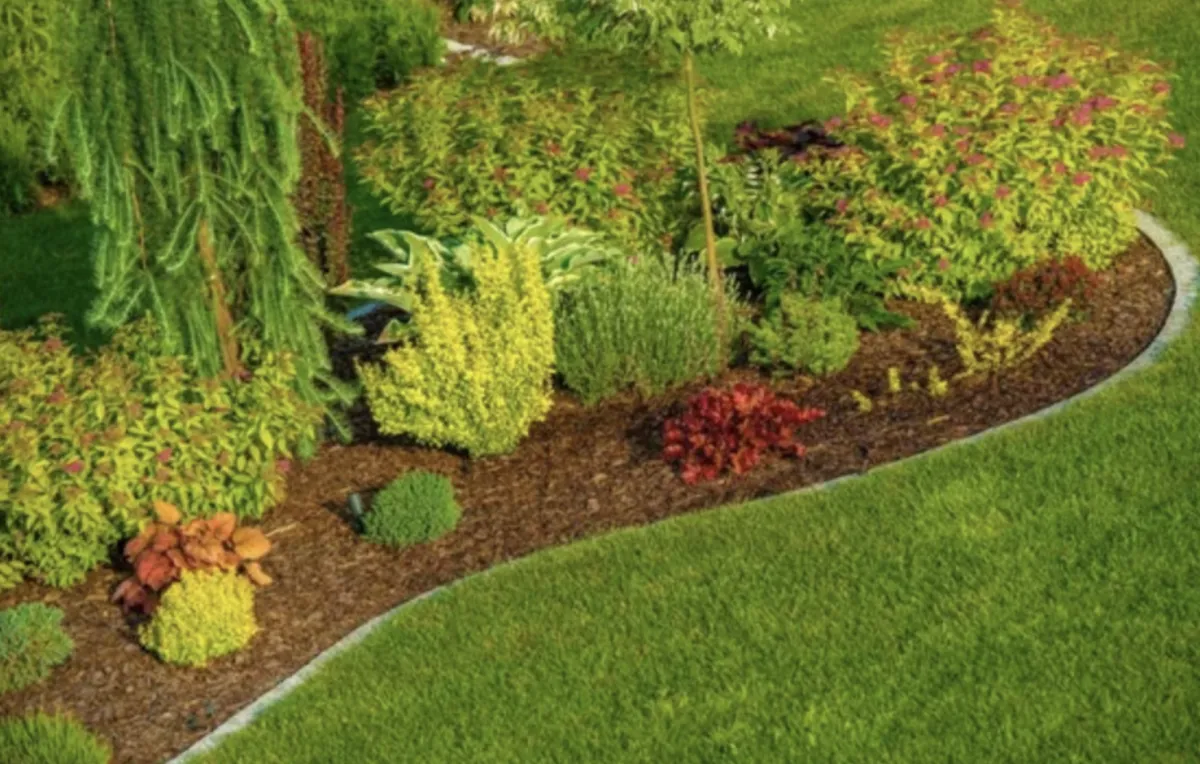

See What Our Customer Say About Us
Sarah M., Fort Worth, TX

“I can’t say enough good things about HF Landscape Design Fort Worth. They totally transformed our backyard into something out of a magazine — and they did it on time and within our budget. The team showed up early every day, cleaned up after themselves, and really listened to what we wanted. You can tell they actually care about the little details, not just getting the job done. Our neighbors keep stopping by asking who did the work — we tell everyone to call HF Landscape Design. Best decision we made for our home!”
Daniel R., Fort Worth, TX

“HF Landscape Design Fort Worth really blew us away. We had a plain front yard before, and now it looks like something you’d see in a design show. They helped pick the right plants for the Texas heat and even added lighting that makes the place glow at night. Super easy to talk to and very professional — they made the whole thing stress-free. We’d hire them again in a heartbeat.”
Megan & Tyler H., Fort Worth, TX

“Our backyard was just dirt and weeds before HF Landscape Design came in. Now it’s the spot where we spend every weekend with friends. They built a patio, added flower beds, and somehow made it all feel natural like it was always meant to be there. You can tell they love what they do — every detail was perfect. Highly recommend them to anyone in Fort Worth wanting a yard they’ll actually use.”
Get Professional Sustainable Landscape Design
Stop fighting Fort Worth conditions with landscapes demanding constant resources. Get professional sustainable landscape design that works with nature while reducing maintenance and costs.
Call (817) 580-3329 to schedule a sustainable landscape design consultation. We'll assess your property and create environmentally responsible designs that thrive in Fort Worth conditions.
Service Areas: Fort Worth, Tanglewood, Ridglea Hills, River Crest, Westover Hills, Berkeley, Monticello, Mistletoe Heights, and surrounding communities.
Frequently Asked Questions
What is the average cost of landscape design?
Landscape design costs in Fort Worth typically range from $2,000 to $8,000 depending on property size—project complexity—level of detail required. Simple front yard designs for smaller properties might run $1,500 to $3,000. Comprehensive landscape plans for larger properties with detailed planting plans—hardscape designs—irrigation layouts—lighting plans usually cost $5,000 to $10,000 or more. We typically credit design fees toward installation if you proceed with us for the work. Design-only services cost more since we're not recouping fees through installation. Most clients in areas like Tanglewood or Westover Hills invest in detailed designs because their properties warrant professional planning. Newer neighborhoods with simpler yards might need less extensive design work.
What does it cost for a landscape design?
Design fees depend on project scope and what you need included. Basic conceptual designs showing general layout—plant groupings—hardscape locations run $1,500 to $3,000 for typical residential properties. Detailed construction-level plans with exact plant specifications—hardscape dimensions—grading plans—irrigation zone maps cost $4,000 to $8,000 or higher for complex projects. Commercial landscape design involves additional complexity and typically costs more. We discuss your specific needs during initial consultation and provide design fee quotes based on actual scope. Design fees get credited toward installation when you hire us for the work. Fort Worth properties with challenging conditions—significant slopes—drainage issues—often need more detailed planning which affects design costs.
What is the difference between a landscape architect and a landscape designer?
Landscape architects have formal education—state licensing—ability to stamp engineering drawings for permits. They handle complex projects requiring grading engineering—structural calculations—commercial site development—regulatory compliance. Landscape designers focus on plant selection—aesthetic layout—residential design without engineering components. In Fort Worth, landscape architects are required for certain commercial projects—retaining walls over specific heights—projects needing engineered drainage solutions. Residential projects usually work fine with landscape designers unless you've got significant slope issues—major grading needs—structures requiring engineering stamps. Landscape architects cost more but bring technical expertise for complex projects. Most residential landscapes in neighborhoods like Arlington Heights or Ridglea work well with landscape designers. Larger estates or properties with serious site challenges benefit from landscape architectural services.
Why is landscape design so expensive?
Professional landscape design involves considerable time—expertise—detailed planning work. Designers spend hours on site assessment—measuring—analyzing drainage and sun patterns—researching plant options for specific conditions. Creating scaled plans requires CAD software skills—design knowledge—understanding of Fort Worth's climate and soil conditions. Good designers prevent expensive installation mistakes—plant failures—drainage problems that cost far more to fix later. You're paying for years of experience knowing what works in North Texas clay soil—which plants survive July heat—how to design irrigation zones efficiently. Design fees also cover revisions—client meetings—coordination with contractors during installation. Cheap or free designs often mean cookie-cutter plans—inexperienced designers—or design costs hidden in inflated installation prices. Professional design upfront saves money long-term by getting things right the first time.
What is the rule of 3 in landscaping?
The rule of three suggests planting in odd-numbered groups—typically three plants—creates more natural and visually appealing arrangements than even numbers. Three plants or features create triangular compositions—visual interest—balance without formal symmetry. This applies to groupings of the same plant variety or repeating design elements throughout the landscape. In Fort Worth landscapes, you might see three crape myrtles anchoring a bed—three groupings of ornamental grasses—three boulders in a natural arrangement. The rule helps avoid the static look of paired plantings or single specimens. Works for plants of various sizes—repetition of colors—hardscape feature placement. Not a strict requirement but a helpful design principle creating more dynamic landscapes. We use the rule of three alongside other design principles—proper spacing—mature size consideration—Fort Worth-appropriate plant selection.
What is a realistic landscaping budget?
Realistic budgets for Fort Worth landscape projects typically start around $10,000 for basic front yard renovations and run $20,000 to $50,000 for complete front and backyard transformations with hardscaping. Simple refreshes—new plants—mulch—irrigation repairs might cost $5,000 to $8,000. Projects including patios—retaining walls—outdoor kitchens—extensive plantings easily reach $50,000 to $100,000 or more. Budget depends on property size—existing conditions—how much hardscape you want—plant material quality and maturity. Fort Worth's clay soil often requires additional drainage work affecting costs. Established neighborhoods like Monticello with mature landscapes might need less work than new construction in Walsh Ranch starting from dirt. Quality materials and experienced installation cost more upfront but last longer and perform better in our climate.
